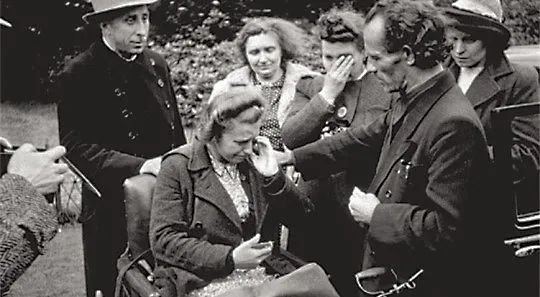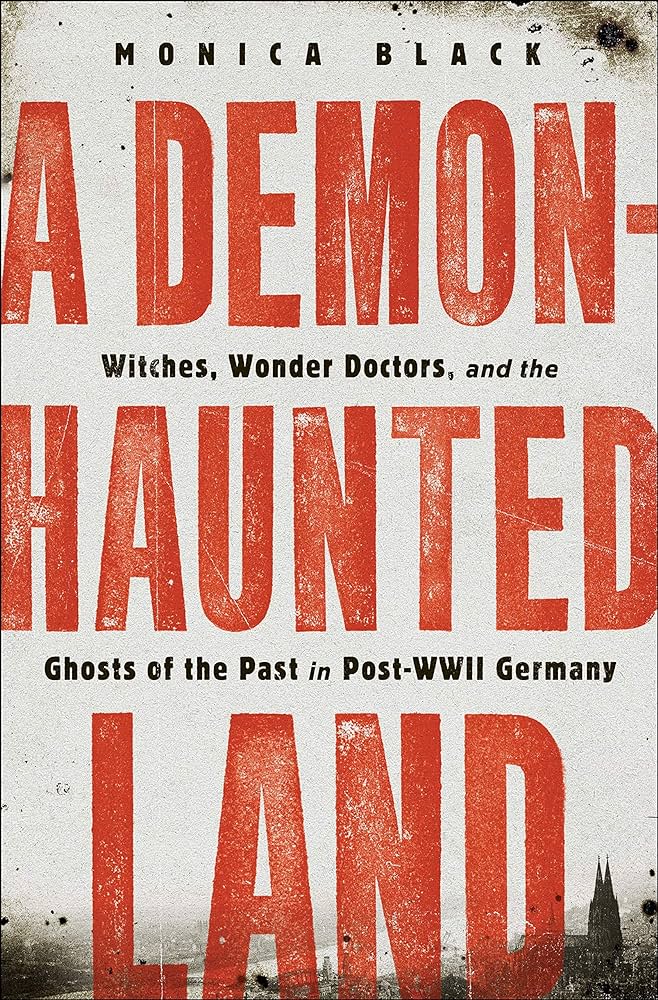Bruno Gröning: The Controversial Mystic Who Healed with Faith

In the chaotic aftermath of World War II, Germany was gripped by stories of miraculous healings attributed to a mysterious figure, Bruno Bernhard Gröning. Born in 1906 in Danzig, Gröning rose to prominence in the late 1940s as a faith healer, drawing thousands of followers who believed in his extraordinary abilities. However, his life was marked by controversy, including his involvement with the Nazi Party, and his practices sparked intense debate across the nation.
Gröning’s early life was humble. Born into a Catholic family in Danzig, he was the fourth of seven children. He grew up in the suburb of Oliva and, like many of his generation, faced the hardships of post-World War I Europe. Gröning’s education was limited, and he worked various jobs, including as a carpenter, waiter, electrician, and repairman. His personal life was also fraught with tragedy; his two sons both died young, the elder from a heart defect in 1939 and the younger from pleurisy in 1949. His marriage to Gertrud was unhappy, ending in divorce.
In the turbulent political climate of Danzig, the Nazi Party gained a significant foothold. Gröning, along with his father and brother, joined the party before 1936. The family even changed their surname from the more Polish-sounding Grönkowski (or Grenkowski/Grzenkowski, according to some records) to the Germanic Gröning. During World War II, Gröning served in the Wehrmacht as a Panzerjäger (tank hunter) but was captured by Soviet forces in 1945, spending several months in a prisoner of war camp.
After the war, Gröning’s life took a dramatic turn. By May 1949, he had gained a reputation as a faith healer, performing what many described as miracles. His methods involved speaking to large crowds, often from a balcony, and distributing small tin foil balls allegedly charged with healing powers. He attracted tens of thousands of people to places like Rosenheim in Bavaria, where authorities were more lenient. The media coverage was extensive, with newsreels and radio broadcasts spreading his fame far and wide.
Gröning’s activities were initially concentrated in North Rhine-Westphalia, but legal restrictions forced him to relocate to Rosenheim in Bavaria. Here, authorities were more supportive, with the state’s minister president, Hans Ehard, expressing that legalities should not impede the work of such an "extraordinary phenomenon." The media coverage was extensive, and soon tens of thousands gathered at the horse paddocks near the inn where he stayed, all hoping for a touch of his healing rays (Heilstrahlen).
Despite his growing following, Gröning faced significant legal and societal challenges. His activities sparked widespread debate: some hailed him as a miracle worker, while others accused him of being a charlatan. His lack of medical training and the tragic death of a 17-year-old girl under his care led to charges of negligent homicide, resulting in suspended prison sentences and fines.
Gröning’s healing philosophy was deeply spiritual. He likened the human body to a battery that needed to be regularly recharged with life energy. He taught that individuals could absorb this energy, which he called Heilstrom (healing stream), through faith and positive thinking. This process involved sitting with open hands and an open mind, allowing the healing energy to flow through the body. Gröning believed that no illness was incurable and that the power of faith and divine energy could cleanse the body and soul. He stressed the need to focus on pleasant thoughts and to avoid dwelling on illness, believing that such negative thoughts could inhibit the healing process. According to Gröning, pain experienced during the absorption of Heilstrom was a sign of the body being cleansed of illness, which he viewed as contrary to the will of God.
Despite his controversial methods and the legal battles he faced, Gröning’s impact on his followers was profound. Many reported miraculous recoveries from various ailments, attributing their healing to his teachings and presence. His work continued to inspire devotion even after his death from stomach cancer in 1959 at the age of 52.
Gröning’s legacy lives on through various groups and organisations dedicated to spreading his teachings. These include the Circle of Information, the Bruno Gröning Trust, and the Bruno Gröning Circle of Friends, among others. These groups continue to hold meetings, both in-person and online, where they use Gröning’s methods of absorbing the Heilstrom and share testimonies of healing.
The media coverage during Gröning’s lifetime was largely negative. While some hailed him as a “miracle doctor,” others derided him as a “charlatan” or “crazy.” His public appearances were often banned by local authorities, concerned about the large crowds and potential for disorder. Nevertheless, his teachings and the reported healings continued to attract a significant following.
Bruno Gröning’s story is one of contrasts: a former Nazi soldier turned mystic healer, whose life was marked by both tragedy and profound influence. His methods and the fervent belief of his followers have left a lasting mark on the world of spiritual healing. While sceptics continue to question the legitimacy of his practices, the undeniable impact on those who believe in his teachings ensures that Gröning’s legacy endures.
To listen to the podcast featuring Monica Black, author of A Demon Haunted Land:
A Demon-Haunted Land: Post-WWII Germany's Surge of Supernatural Events With Monica Black




















